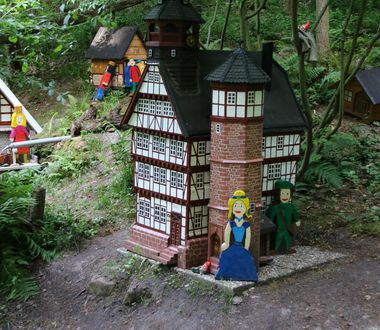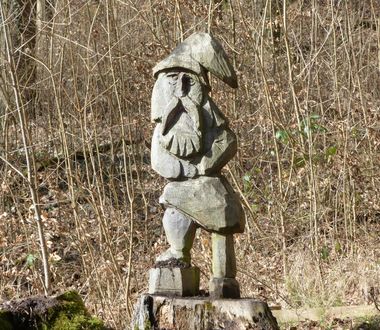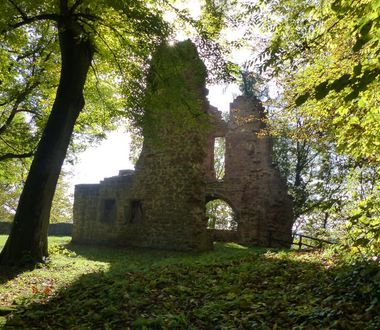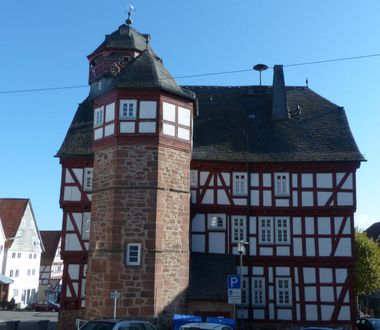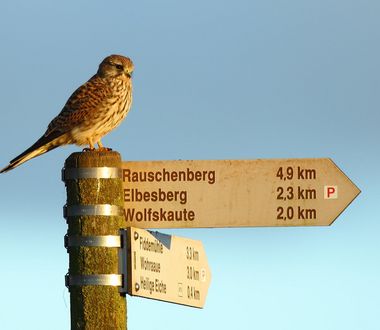Rauschenberg - family town with a heart
Rauschenberg is located between Wohratal and Burgwald in the north of the Marburg-Biedenkopf district in Hesse on the German Fairy Tale Route. Embedded in a charming landscape on the edge of the castle forest, surrounded by large forests, meadows and fields and characterized by the half-timbered houses of the historic old town, the bioenergy town of Rauschenberg exemplarily combines tradition and modernity. Graceful half-timbered houses largely characterize the townscape as well as that of the six districts Albshausen, Bracht, Ernsthausen, Josbach, Schwabendorf and Wolfskaute, the municipality with around 4,600 inhabitants that cherishes the memory of the past and invests in the future.
Rauschenberg for friends of fairy tales
On the trail of Rauschenberg's legends and fairy tales: The "WanderMärchenWeg"We invite you on a journey through the world of legends and fairy tales of Rauschenberg. The “WanderMärchenWeg” takes you through light forests, over gentle hills, along streams, the castle ruins, winding streets and enchanted places to the fairytale and legendary places in and around Rauschenberg. No wonder that there are over 60 legends and fairy tales to be found here. Rauschenberg has always been a region with historical models, rich in history and stories. Along the well-signposted WanderMärchenWeg you will come across fairy tales and legends from and around Rauschenberg. The varied path enchants you and invites you to dream and linger with its interesting insights and views. The legends that entwine around the city can be experienced on 21 boards along the way - illustrated by Rauschenberg primary school students and framed by the silhouette of Rauschenberg.
Rauschenberg for holiday tourists and day visitors
Whether you are a day or holiday visitor, our city can be discovered in many different ways. Those interested in culture and sports will get their money's worth with us, as well as those looking for relaxation and nature lovers. 40 km of excellent hiking trails lead through forests, meadows, plateaus and floodplains. The high moor around the Franzosenwiesen in the Burgwald is one of the most beautiful sights on the extensive network of hiking trails. Magical things like the fairy tale forest and the connected forest playground, the Brachter Druidenborn or the romantic castle ruins invite you to linger. Numerous visitors enjoy cultural events such as the Rauschenale, art exhibitions and theater performances. A sporting highlight is the annual Burgwald fairy tale marathon with 1100 participants from Germany and beyond. Those who prefer to travel by bike can use the Hessian long-distance cycle route R6 to connect to a large network of cycle paths. Visit us, Rauschenberg looks forward to seeing you!
In the spring of each year, the self-designed figures of the fairy tale forest are set up again in a festive procession at their place along the WanderMärchenWeg, where they decorate the various stations until autumn. At the same time, there is an annual hike along the hiking trail - including fairytale stories and fabulous tastings. The date will be announced in good time at www.rauschenberg.de.
